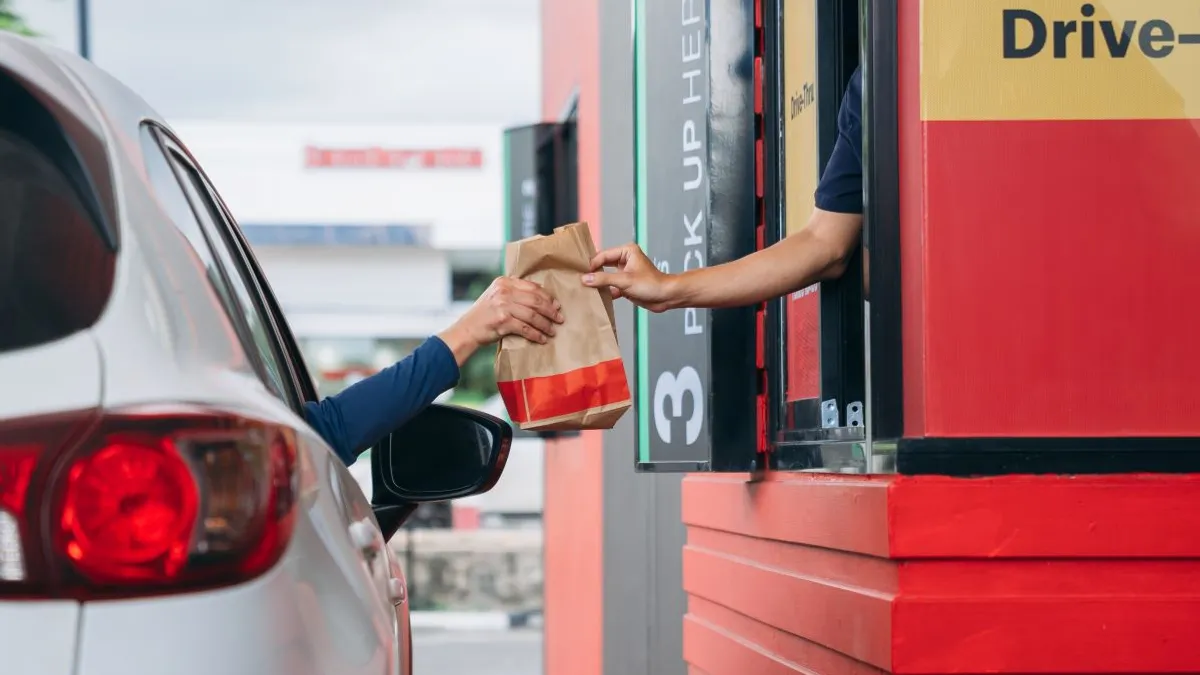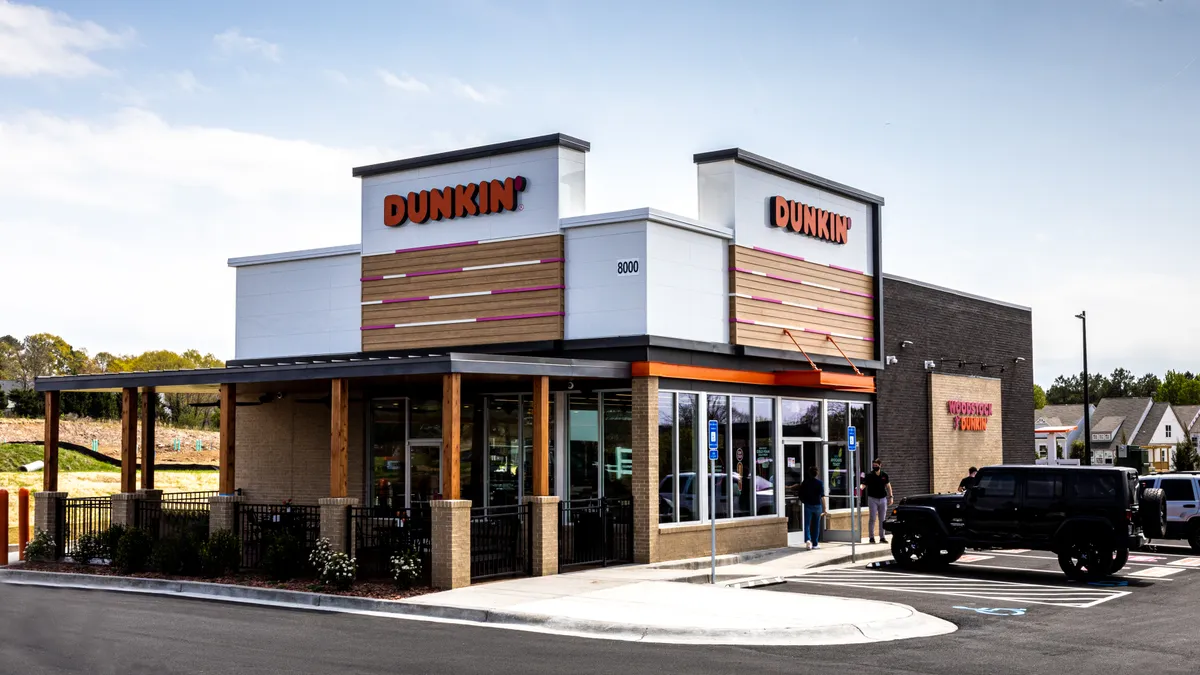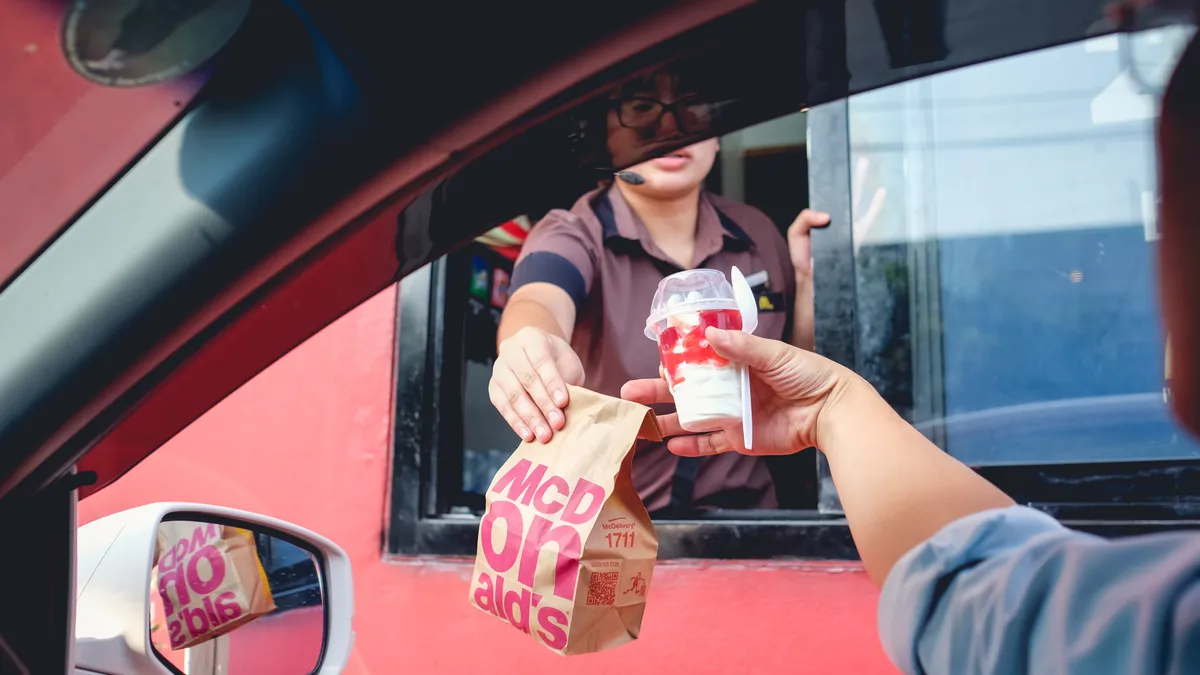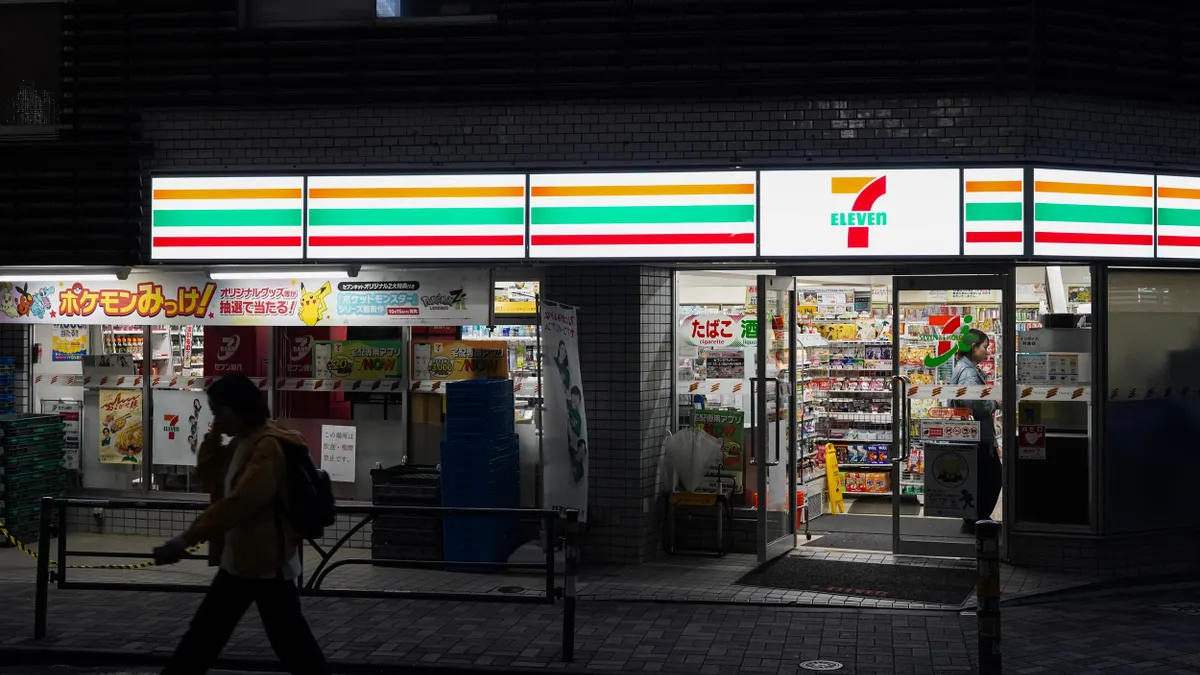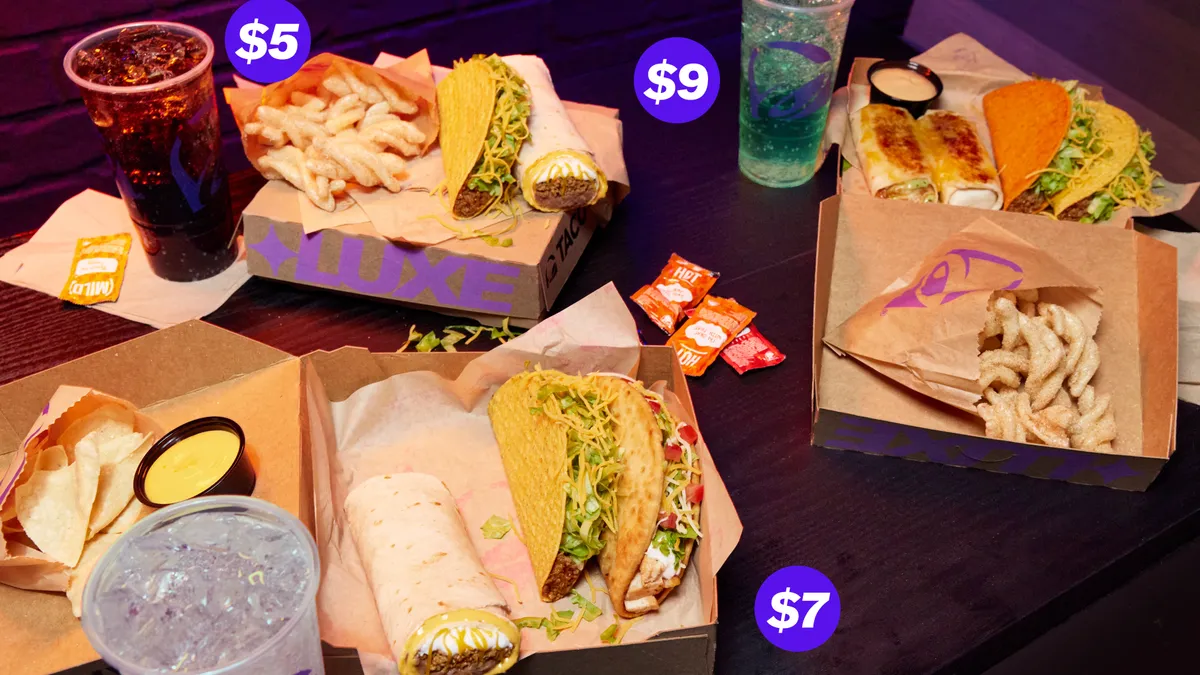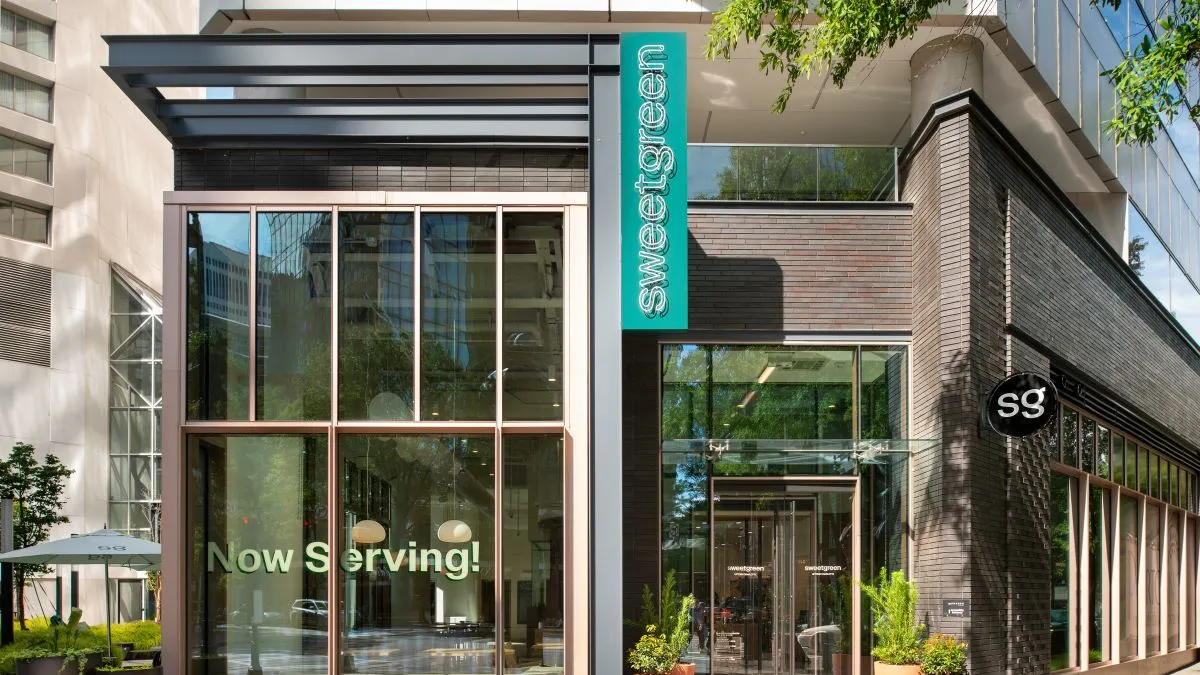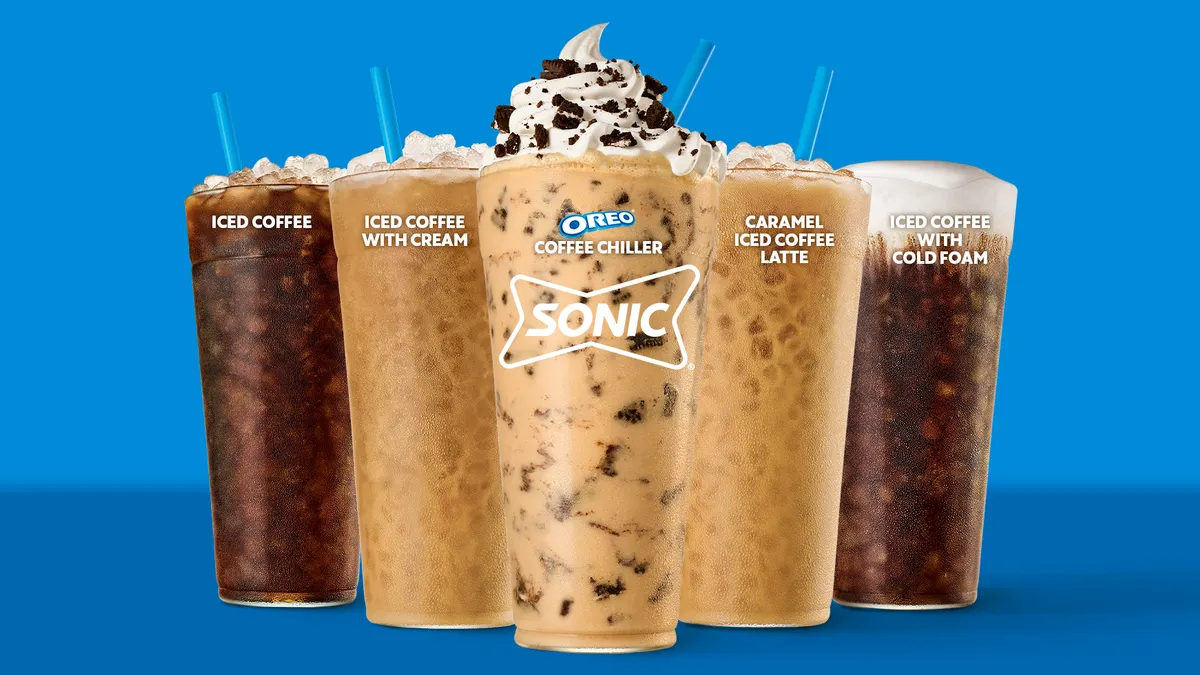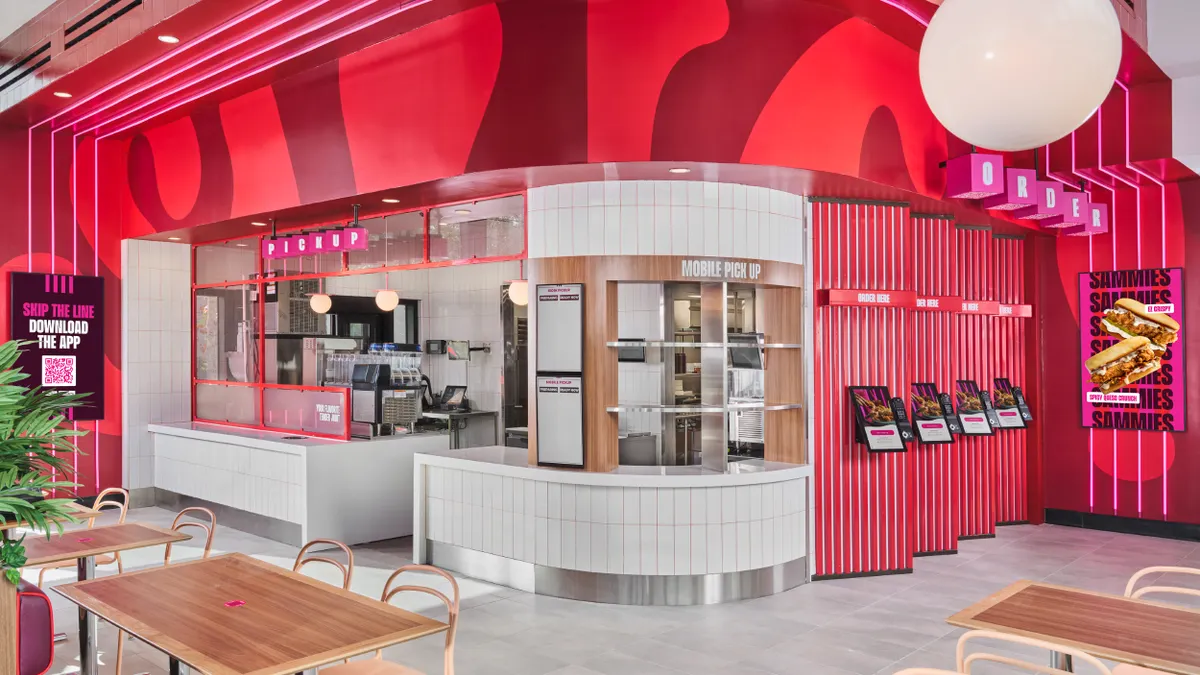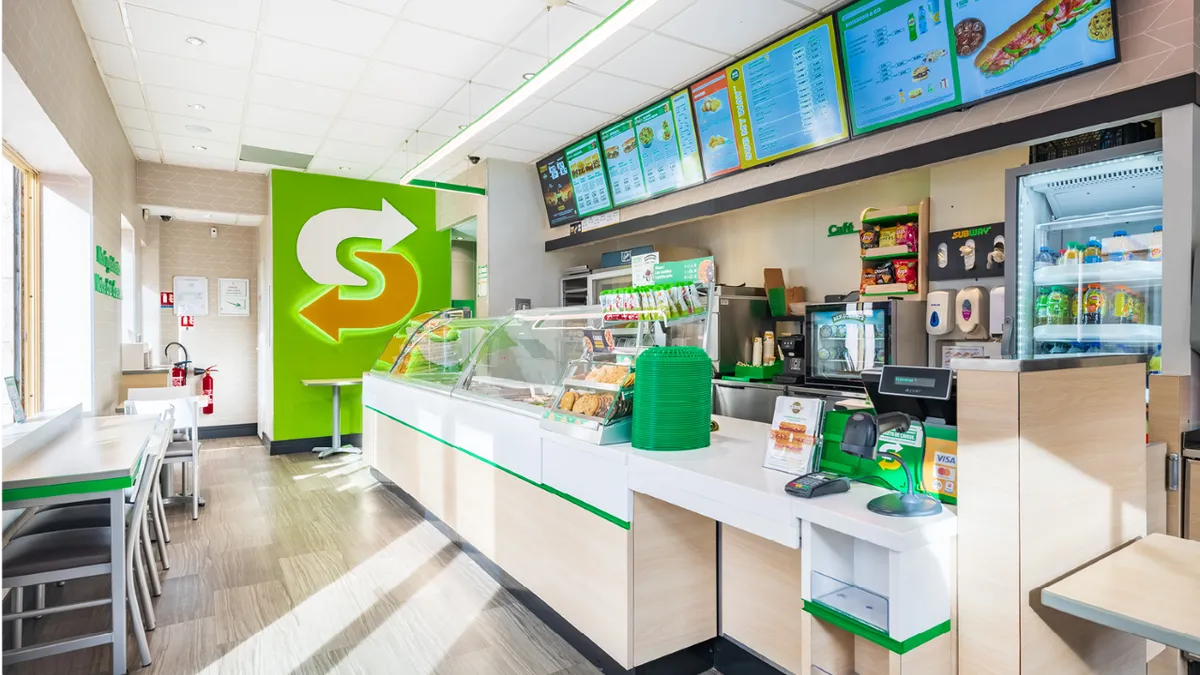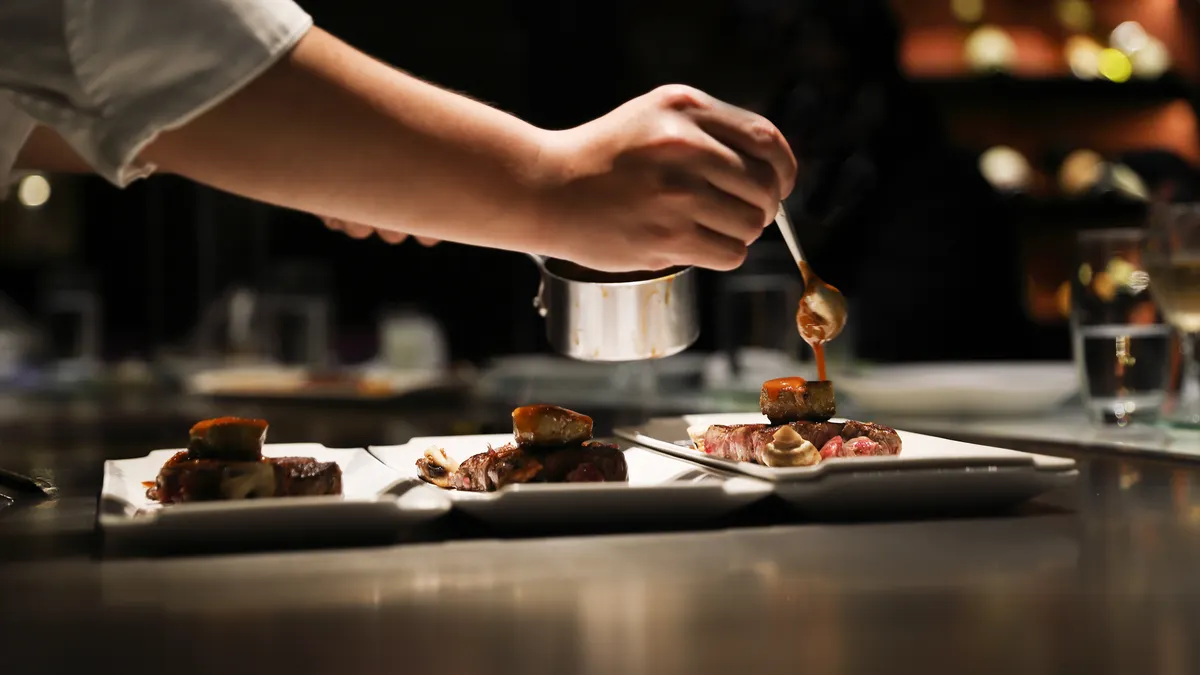Packaging used to be an afterthought for quick-service restaurants.
“They’d throw in your little package of salt, pepper, a terrible napkin, a spork,” said Jim Owen, senior analyst of packaging and logistics at RaboResearch food and agribusiness.
But dining trends are changing. Convenience has become a top priority for consumers. More than 60% of Gen Z and Millennial consumers say takeout is an essential part of their lifestyles, and 47% of overall consumers order takeout at least once per week, according to National Restaurant Association data released this year.
QSRs can’t ignore their packaging. The customer experience in these restaurants is no longer bound to the tables and chairs or the art on the walls. QSRs now cater to a more mobile consumer: those eating in a car, munching on the go or even dining at home in sweatpants, according to Owen.
“Packaging becomes the dining experience,” Owen said.
Packaging suppliers must innovate, “investing in the development of sustainable packaging solutions that meet the new expectations of both restaurants and their patrons,” said Matt Allen, senior director of food and sustainability advisory solutions at NSF, an organization that develops public health standards and services.
Packaging’s opportunity to deliver
Restaurants are doubling down on improving packaging materials that are resilient in transport, prevent spills and preserve food temperature as a meal makes its way from a restaurant to a consumer’s home, said Rick Gailey, the Dining Alliance’s vice president of sales and business development for the Western U.S.
“Packaging plays a crucial role in maintaining food integrity and presentation,” Gailey said.
One feature that might seem basic but is critical: stackability, as various containers are placed on top of one another in a bag, Owen said. Some QSRs use bagasse clamshells, an alternative to plastic, and leak-proof containers “to better serve off-premise and delivery-centric operations,” said James Bouchard, partner in the Center of Excellence at LogicSource, which provides sourcing and procurement solutions to businesses including restaurants.
The takeout and delivery trend has steadily increased demand for QSR packaging, Gailey said. This bodes well for suppliers that offer items like functional compostable packaging as well as moisture- and grease-resistant options, Bouchard said.
There’s also opportunity for producers of single-service portion packs that may be sold in a restaurant’s grab-and-go case. For instance, Tetra Pak produces aseptic carton packaging for its food service customers that doesn't require refrigeration before opening. “Portion packs of juice, milk, coffee, tea and more can be consumed immediately or later without food safety concerns,” said Yuran Rodriguez, marketing manager for U.S. and Canada at Tetra Pak.
But opportunities and demand increases vary across QSR types and geographies, which in turn affects the packaging producers that supply those restaurants. NRA reported in June that recent economic uncertainty contributed to the largest monthly drop in restaurant sales in more than two years. Still, consumer spending at restaurants was still up more than 5% year over year in May.
Pizza restaurants have been struggling with falling sales, which “has led to a decline in pizza box demand,” according to a RaboResearch report. The U.S. uses about 3 billion pizza boxes each year. They make up “a relatively small share of total corrugated demand” but could be more than half of a converter’s volume in particular regions, the report stated.
Those researchers suggested corrugated producers could use the decline as an opportunity to focus on packaging innovation in other food categories, such as multi-compartment containers for Mediterranean meals.
And in May, Graphic Packaging International CEO Michael Doss said the company’s QSR customers were in many cases “experiencing volume declines in the low to mid-single digits,” and he expects 2025 to be a challenging year for the sector.
Phasing out plastic
Despite some of Graphic Packaging’s expectations for QSR softness this year, food service remains a “big opportunity” for the company, especially as the restaurants push to replace plastic and use recyclable containers, Doss touted during a February earnings call.
GPI previously developed an insulated, double-walled fiber cup for Chick-fil-A as an alternative to a plastic foam cup. It’s just one example of restaurants moving away from polystyrene and single-use plastics in favor of fiber-based, compostable or recyclable materials.
Restaurants still use plastic in applications such as paper wrappers, which may need some plastic coating to provide grease resistance. But the level of plastic use is “drastically reduced from what it used to be,” Owen noted.”
There are myriad reasons for the influx of more sustainable packaging at QSRs. Consumers are more aware of sustainability, and QSRs actively seek materials that meet those desires, in addition to complying with existing or upcoming regulations. For instance, just this month Delaware and Virginia joined a slew of other states in beginning bans on single-use EPS foam containers at many food establishments.
Restaurant operators also have their own sustainability goals, Rodriguez said. McDonald’s has set a goal to source 100% of its primary guest packaging from renewable, recycled or certified materials by the end of 2025. Last fall, the fast food giant worked with GPI to serve McFlurry soft serve desserts in four-flap cups and phase out plastic lids.
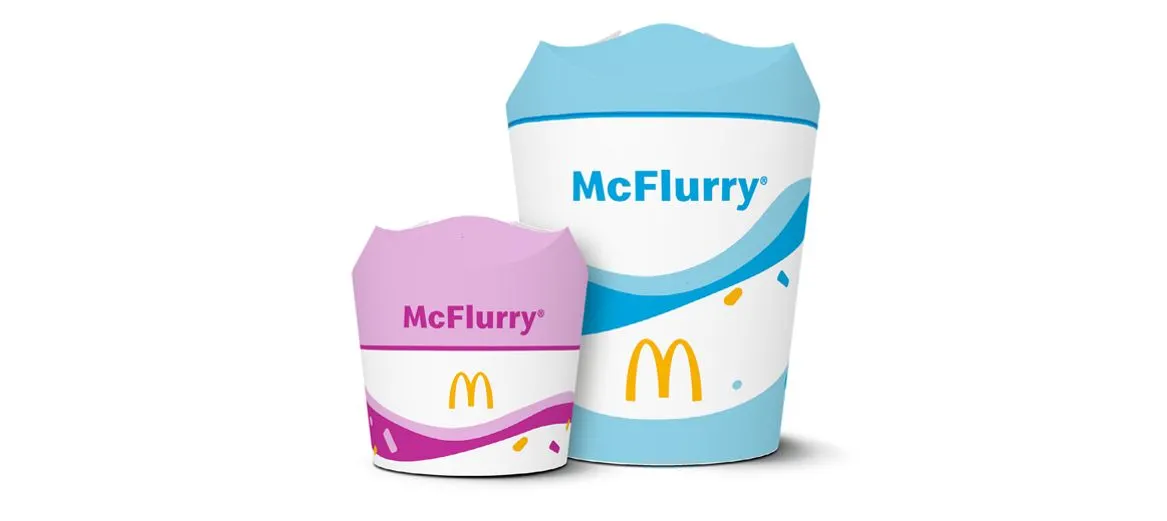
Burger King has cut down its paper usage in wrappers, introduced plant-based cutlery and strawless lids, and piloted returnable cups that can be reused up to 200 times, according to Bouchard. Also, Allen noted that burger chains have experimented more with biodegradable packaging options.
These trends are driving packaging suppliers to develop options with sustainability in mind. Tetra Pak, for one, makes most of its packaging from renewable materials and designs it to be recyclable, Rodriguez said.
Sustainable packaging options can be more expensive, although “the cost gap is narrowing thanks to advances in production and broader adoption,” Gailey said.
Rodriguez acknowledged costs for packaging suppliers as they navigate changing trends in QSR customer convenience, demand, sustainability and regulations. But there’s plenty of room for opportunity, he said.
“The shift opens doors for long-term growth and alignment between suppliers, QSRs and the values of modern consumers,” Rodriguez said.


